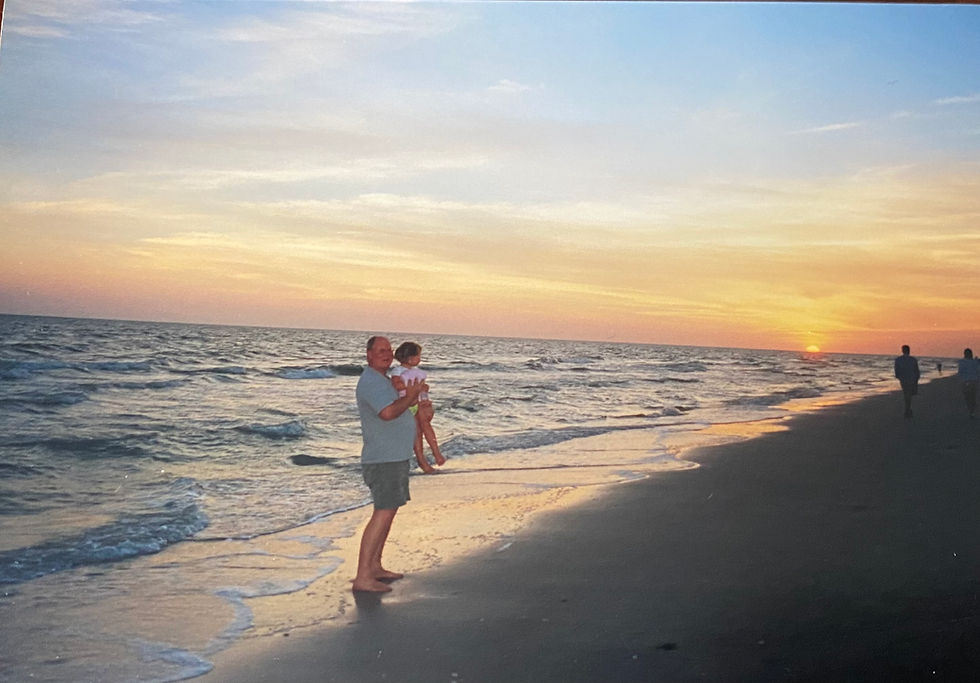The Lyme Museum: a museum of lived experience
- The Lyme Museum

- Sep 7, 2023
- 2 min read
When did the museum start?
The Lyme Museum was born in 2020, at the early stage of the global pandemic. The pandemic was a unique time for individuals to consider what surrounds them, but it was also a period of heightened conversations and reflections about bodies, health, and the societal and political ideas of who belongs in this world, who is worthy of being a part of it, which bodies matter most. It was the right time to start a digital project that put the lived experience of chronic illnesses and disabilities at the forefront, but with a spin.
Why this name?
The Lyme Museum is named after Lyme disease, a tick-borne infection that is caused by one or more bacteria transmitted to humans. Lyme disease has been part of my lived experience for 2/3 of my life, and when this project was started, the Lyme community was our first support, and rallied to send flat lays and write blogs to share their lived experience. Many of our commissioned artists, and contributors, have the chronic form of Lyme disease. It is a very misunderstood community, and yet so supportive – the name of our museums is an ode to them. The Lyme Museum is an inclusive museum, it does not focus on one lived experience, and it relies on self-identification. We do not police experiences, we uplift voices.
What's our vision?
We are the first online museum that explores invisible illnesses and disabilities through the lens of materiality and visual storytelling, with a radical challenging of what objects are and where their value lies in. We are really interested in stuff, and we are radically challenging what ‘belongs’ in a museum, what makes something special, and how we can rewrite narratives and form more expansive and emotional storytelling tools. We have people and their lived experience at the heart of what we do; and we are committed to challenging the norm, and to making invisible illnesses and disabilities visible through the work that we do.
What's in our collection?
Since 2020, we have invited individuals to send us flat lays of the objects that represent their lived experiences of invisible illnesses and disabilities. Put together, these objects show that those illnesses and disabilities are not really invisible. We have placed materiality, care, and emotion back at the heart of conversations. We display them online and in our pop-up exhibitions. In addition, we have a small collection of artefacts: individual objects that tell stories of lived experience that we display in our physical exhibitions only; those exhibitions are touring and allow us to use those objects in workshops to help individuals think about their relationship with materiality.
What's next?
Our plan is to continue touring community places: museums, art galleries, shopping centres, hospitals, community centres, so that our powerful flat lays can reach more individuals, and so that we can continue producing workshops that help people think about material culture differently, and see that so-called invisible illnesses and disabilities are not, in fact, that invisible. The aim remains the same: how can we encourage creative ways to challenge ableist barriers, and challenge ideas around the lived experience of invisible illnesses and disabilities? Can materiality and visual storytelling help us have more expansive conversations on this? We think so!




Comments